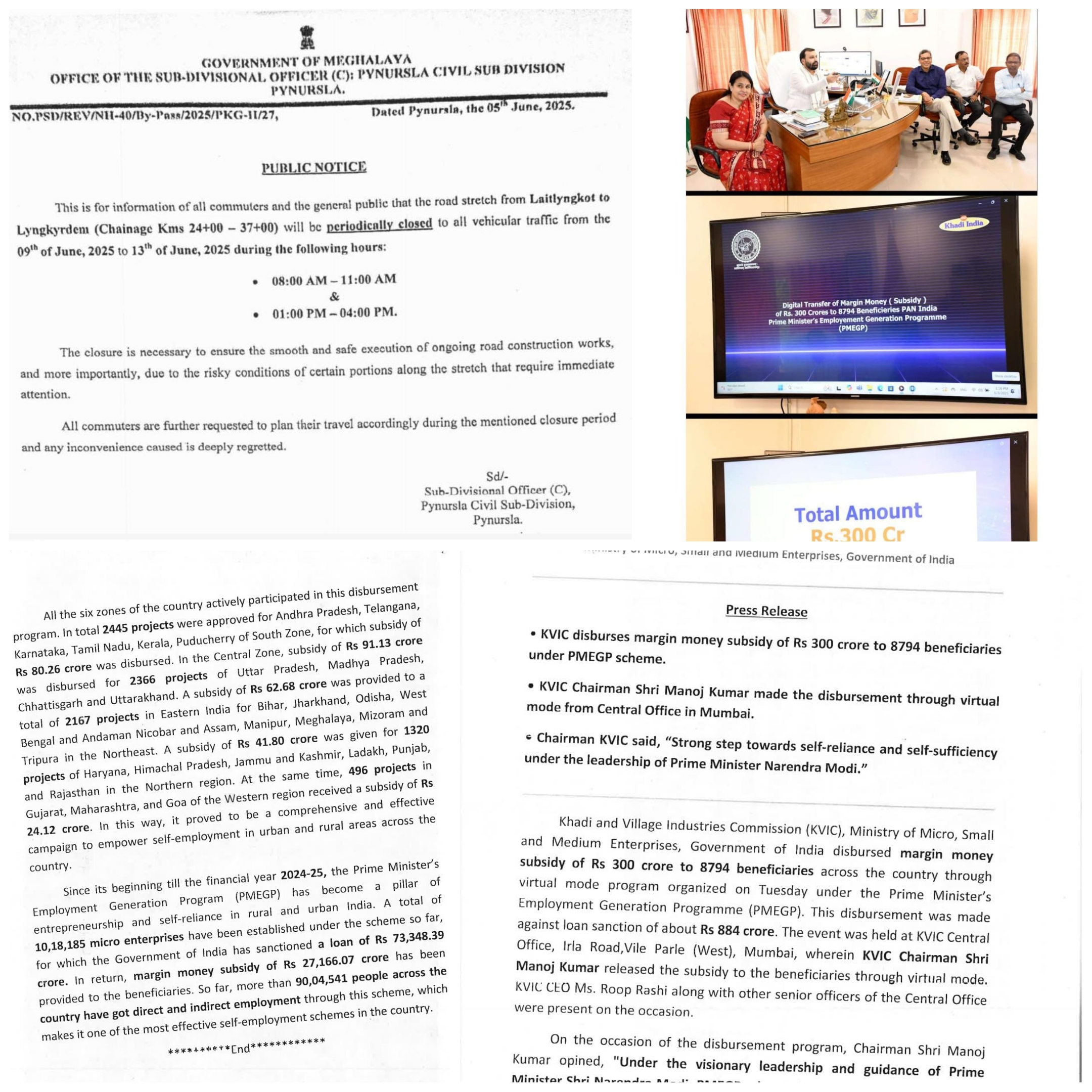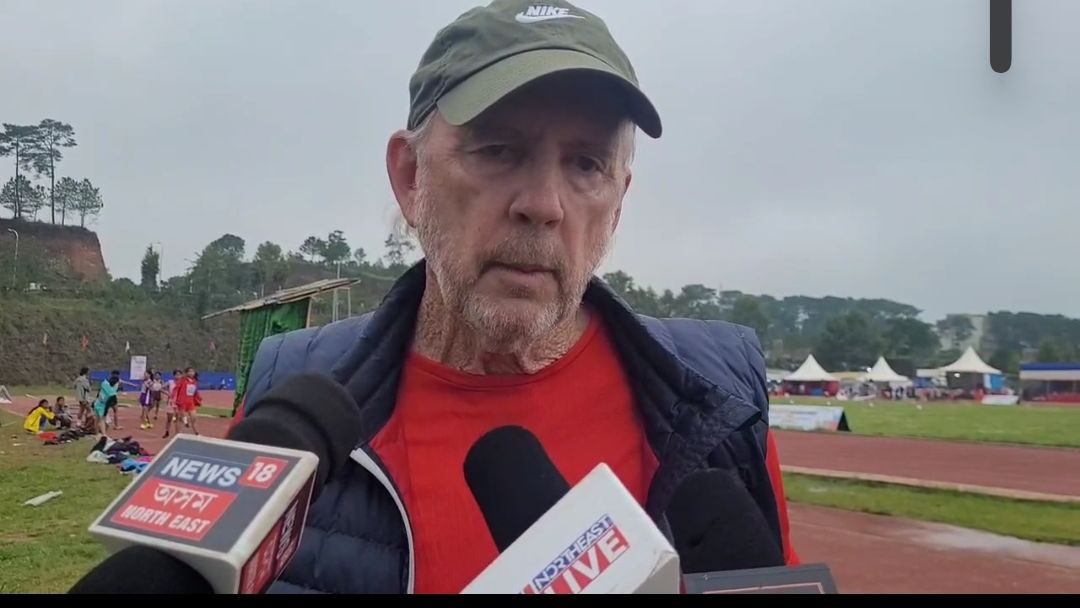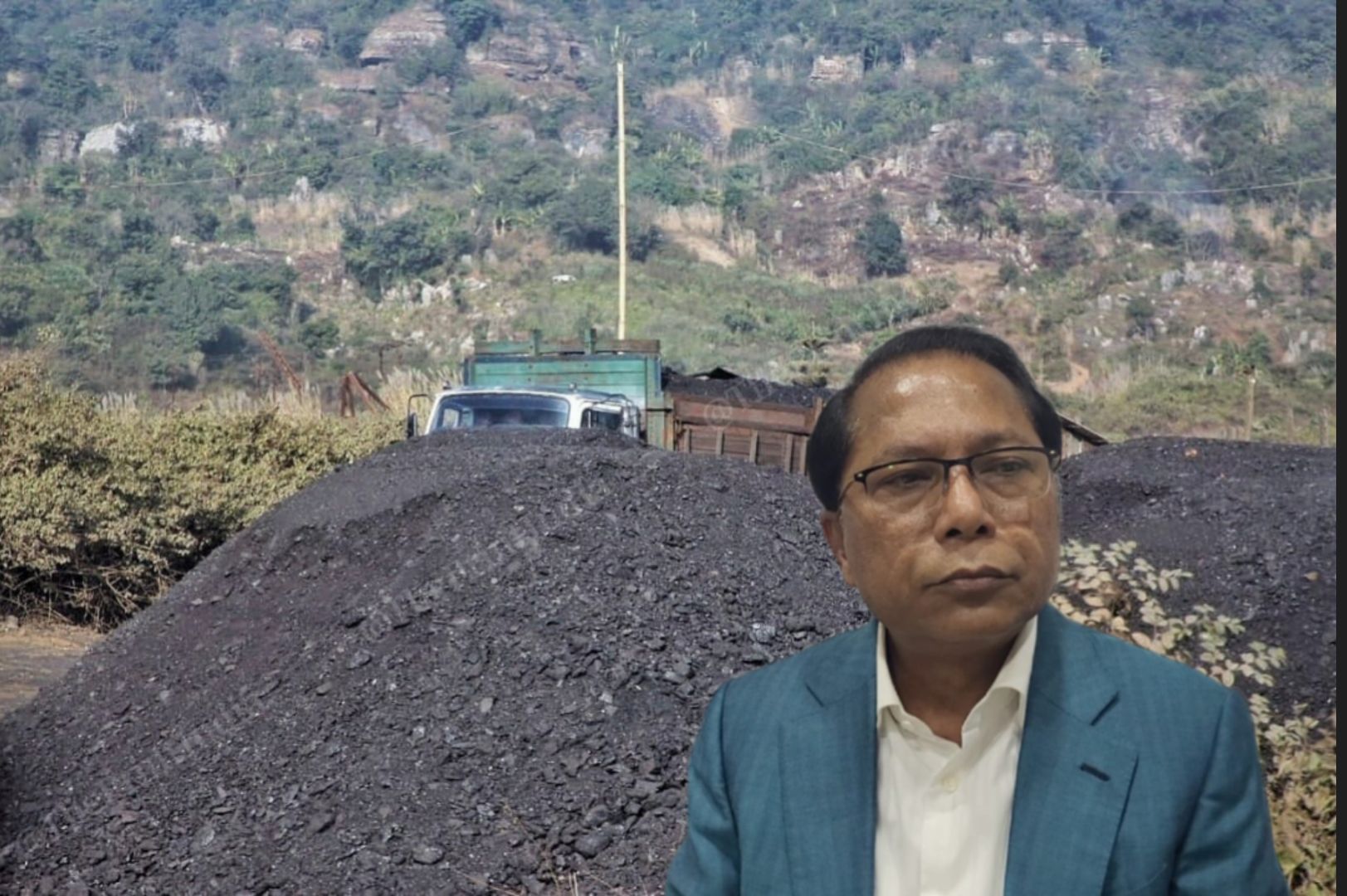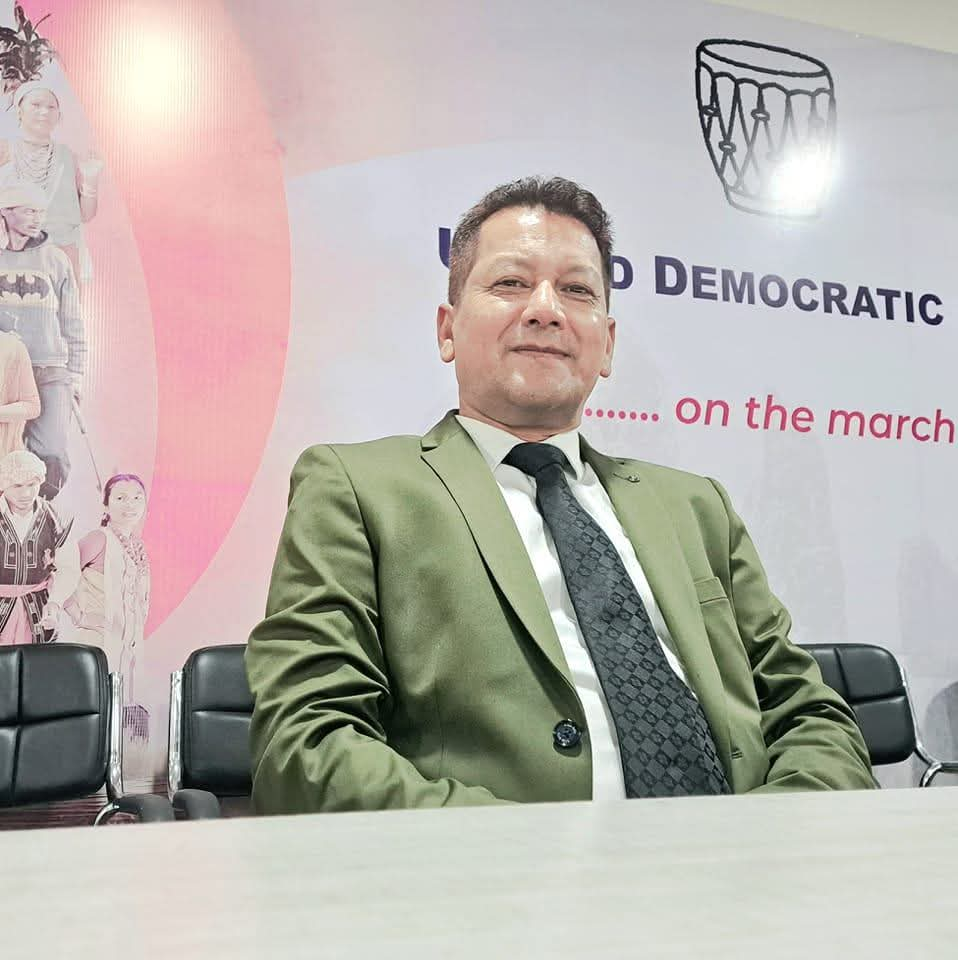
In the hills and heartlands of Meghalaya, a quiet revolution in sports is underway—one that promises not just medals, but a new identity for the state. At the centre of this transformation is the Elite Pathway Programme, a bold initiative by the Meghalaya government to nurture grassroots talent into future champions. From over 30,000 children tested across the state, only 11 have made it into the highest tier—the Super Elite Pathway (SEP) program. And guiding them is none other than Australian Olympian and former triple jumper Ian Campbell.
Campbell, who has been based in Meghalaya for the past three years, is at the helm of this elite initiative that aims to shape the state’s most promising young athletes into national and international competitors.
“Meet Ian Campbell, Olympian. For the last three years here in Meghalaya, he is indulged in identifying the sporting talents from the youths and children in the State,” the government release stated.
Campbell, elaborating on the scale and precision of the program, said, “We’ve now tested over 30,000 children in Meghalaya. Once we analyse all that data, then some children who are excellent talents are put into an elite pathway program for a year to develop their talents through training in their home villages and home districts. And then if they have extreme talent, they have an opportunity to come into our top program, which is the super elite pathway program called SEP. And out of 30,000 children, there’s only 11 people in the SEP program… very difficult to get into.”
With Meghalaya preparing to host the 2027 National Games, Campbell is realistic but hopeful about the medal prospects. “Most of our athletes are very young, so they’ll be competing against Olympic-level athletes but they’ll only be 16, 17, 18. So, they’re way too young and the competition is Olympic, Commonwealth Games level. It’s very difficult. So what we’re hoping to do is they will produce personal best performances because our program is long term. Not short term.”
The commitment to rural outreach remains a cornerstone of the project’s philosophy. “I personally have been to all 12 districts of Meghalaya as well as many blocks. So, you simply have to go to all places in Meghalaya to get the data and give those children an opportunity to come into the program.”
Already, early indicators of success are emerging. “Well, some of the athletics and weightlifting athletes are already national level for juniors. So they’re already ready for juniors. The difficult one is transitioning to a senior competition.”
On the infrastructure front, Campbell expressed optimism. “It’s good. But the new JN Stadium will be even better and we’ll be training there as soon as that’s completed.”
Projecting forward, he concluded, “Potentially, certainly the talents are there among these children at the Asian Games, Commonwealth Games level. But Olympics is a whole another level. But they’re on the correct pathway.”
According to the United Nations ESCAP, India’s youth aged 0–14 constituted 24.9% of the population in 2023. Meghalaya, in contrast, boasts nearly 49% of its population under the age of 20—among the highest youth demographics in the country. This unique advantage has positioned the state to not only confront youth engagement challenges but also to strategically invest in long-term sporting dividends that could place Meghalaya on the global map.




